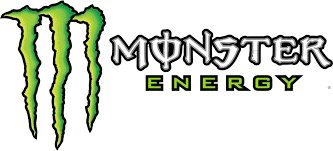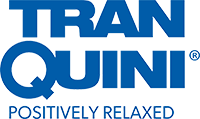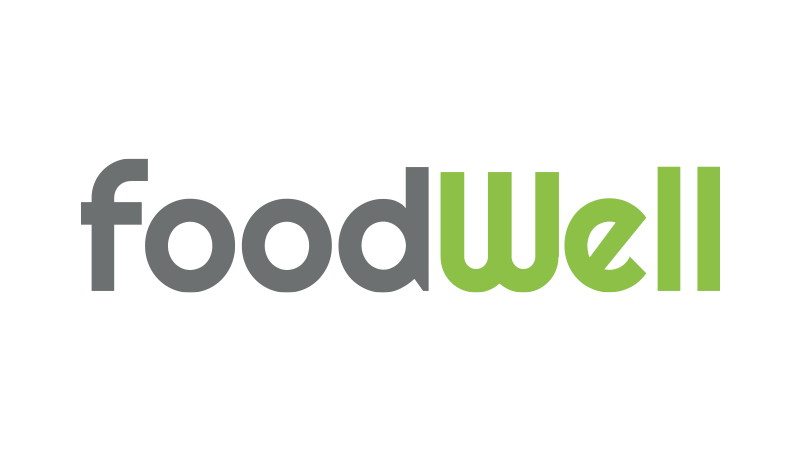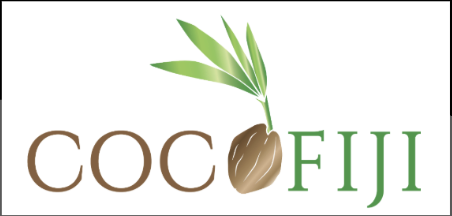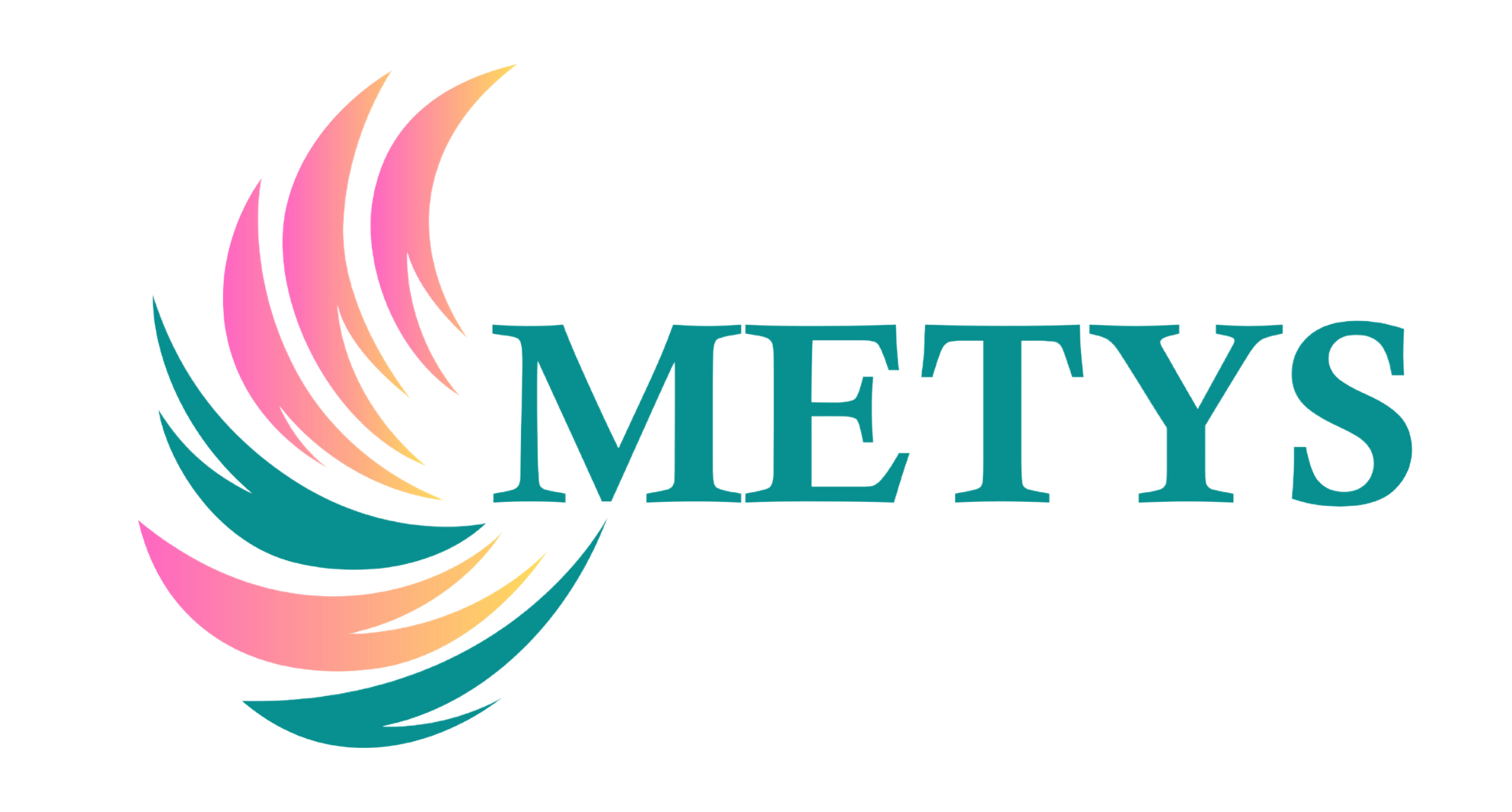South Korea is a lucrative market with high spirits sales and a robust drinking culture. However, its spirit categories are sizable in comparison, competitive, and saturated, with complex regulations. Tapping into its big growth opportunities here requires you to have a pulse on the market and its latest trends.
We enlisted the help of GourmetPro expert Joe Milner to provide an updated overview of the South Korean hard spirits market. Joe is a wine and spirits veteran and Managing Director of Milestone Beverages HK. He has unparalleled insight into the APAC market where he has managed over 300 new brands and market launches. Joe shares his expert perspective on current spirits trends in South Korea, and the opportunities ahead in 2023.
An Overview of South Korea’s Spirits Market in 2023
Brown spirits, especially scotch, dominate imported spirits in South Korea. Scotch sales bounced back to 35-45% growth YoY after COVID closures. Bourbon sales have also risen by 135% YoY. Other spirit categories like vodka, gin, rum, and tequila, have remained relatively flat throughout the last five years, however. Soju remains the biggest category, though its growth declined slightly during the pandemic.
Post-pandemic, consumers are more concerned about health and the traditional on-trade channel, including hostess clubs, has declined. Whisky is still a popular choice for group gatherings and corporate gifting. General consumers however are gravitating more toward gastro pubs and restaurants.
In terms of demographics, 25 to 35-year-olds are the main consumers of whiskey. Younger generations also favor vodka, gin, and rum, as distributors of these spirits mainly target on-trade. Post-restrictions, marketers seeking to target older generations in South Korea should focus on the corporate environment.
Restrictions Aren’t Just for Pandemics
In addition to COVID, the spirits market in South Korea brings other restrictions. Firstly, the law forbids the online sale and delivery of alcoholic beverages. Even during the pandemic as the spirits industry struggled, the authorities refused to change the law when begged by the National Tax Service. The authorities objected because they fear online sales could result in underage drinking and small retailers losing out to bigger players.
Despite strict requirements for face-to-face purchases, South Korea’s spirits market is finding workarounds. For example, some businesses offer online ordering as long as customers collect their drinks from the store.
The law allows restaurants to deliver alcohol, as long as drinks cost less than 50% of cooked food ordered by consumers. Unfortunately, hard spirits are priced too high for the world of cheap takeout.
The Korean FDA also causes several headaches. Recently they have become more stringent towards imports, causing unexpected complications for foreign brands. For example, the local FDA has banned ingredients commonly found in gin and tonic water. Restrictions like these mean that market entry requires a lot of strategizing and help from an expert.
Channels for Spirits in South Korea Are Few But Growing
Despite these restrictions, our experts see potential in the growing e-commerce space for hard spirits in South Korea. Loopholes that allow for hybrid sales of spirits online are just the beginning of this emerging channel.
Retail sales have also been steady during the COVID pandemic and are expected to continue growing. Promotional tactics in big supermarkets and affordable prices in convenience stores have opened up a huge opportunity for the public to buy alcohol.
Investment in bars, nightclubs, and restaurants also holds promise for spirits brands in South Korea. If you can secure a contract with a popular nightlife spot this can lead to high consumption, especially among younger consumers.
To succeed in South Korea's spirits market, then, brands need to observe current alcohol trends and identify the few channels that offer growth potential. By navigating the restrictions and understanding the market, you can carve a place in South Korea’s competitive spirits market.
Spirits Set to Trend in South Korea in 2023
For 2023, whiskey continues to be a popular spirit in South Korea, with international categories such as Irish, Japanese, and US whiskey growing in demand. With the market having room to grow over the next 5 years, brands have the opportunity to thrive.
Liqueurs are also a promising sector in South Korea. Multinationals often overlook them because they don’t have the capacity to fully tap into the gap in this market, but this is a mistake. Our experts see big potential for growth, especially if liqueurs are well-matched to the Korean taste profile.
In the retail sector, "entry-level" spirits are trending, with scotch being a standout example. This channel has historically been driven by super-premium whiskey, but scotch is becoming more popular thanks to its affordable price point.
How To Stand Out in a Saturated Market
Low-ABV whiskey had a moment a few years ago in South Korea, driven by demand for milder and smoother spirits. This beverage is usually a type of Scotch, diluted down to around 30% ABV. This category catapulted from nothing to selling around 2 million cases in just three years. Brands successfully marketed to the on-premise channel by creating ‘sexy’ packaging that could boost the image to the buyer. With the lower alcohol content and smaller bottle sizes, these products also hit on the trend toward health consciousness.
The pandemic cut this boom short as it concentrated in the on-trade sector. But low-ABV whiskey looks set for a big return post-COVID. Certain developments in the market are also giving more confidence to this projection.
Low ABV Whiskey Makes a Comeback in South Korea
Domestic brand Golden Blue, which was Korea's first premium whiskey with 36.5% alcohol content, experienced growth in domestic sales by 51% in 2022. This alone indicates a returning interest in this market. Diageo Korea has also re-started promotional activity for their ‘W by Windsor’ low ABV whiskey. They are targeting the younger generation through their spokesperson, actor Ryu Jun-yeol, and partnerships with YouTube channels like Season B Season.
Trendy Packaging Makes Spirits Accessible to More of the South Korea Market
Brands have also been tapping into the trendy youth scene by incorporating flashy, light-up bottles that draw attention in dark nightclubs. One popular example is Luc Belaire's sparkling wine, "Rosé Fantôme Magnum," which features a hidden button that activates flashing lights on the bottle. This type of innovation, which makes the consumer proud to be seen with the product, is a great way to distinguish a brand in a highly saturated market. It also does a lot of marketing work for the product. Our experts see this trend of ‘status consumption’ as space for further innovation in the South Korean market. Since the focus is on the bottle design, this idea can easily be adapted for spirits.
Unstopper Growth in the South Korean Market
Struggling to expand your spirit product in South Korea? Don't let cultural barriers and unfamiliar market trends hold you back any longer. Hiring a local expert like Joe can provide insider knowledge and a competitive edge. Explore opportunities to hire a local expert now and unlock the full potential of your product(s) in South Korea.


%206.png)
.svg)






.svg)



.svg)
.svg)
.svg)
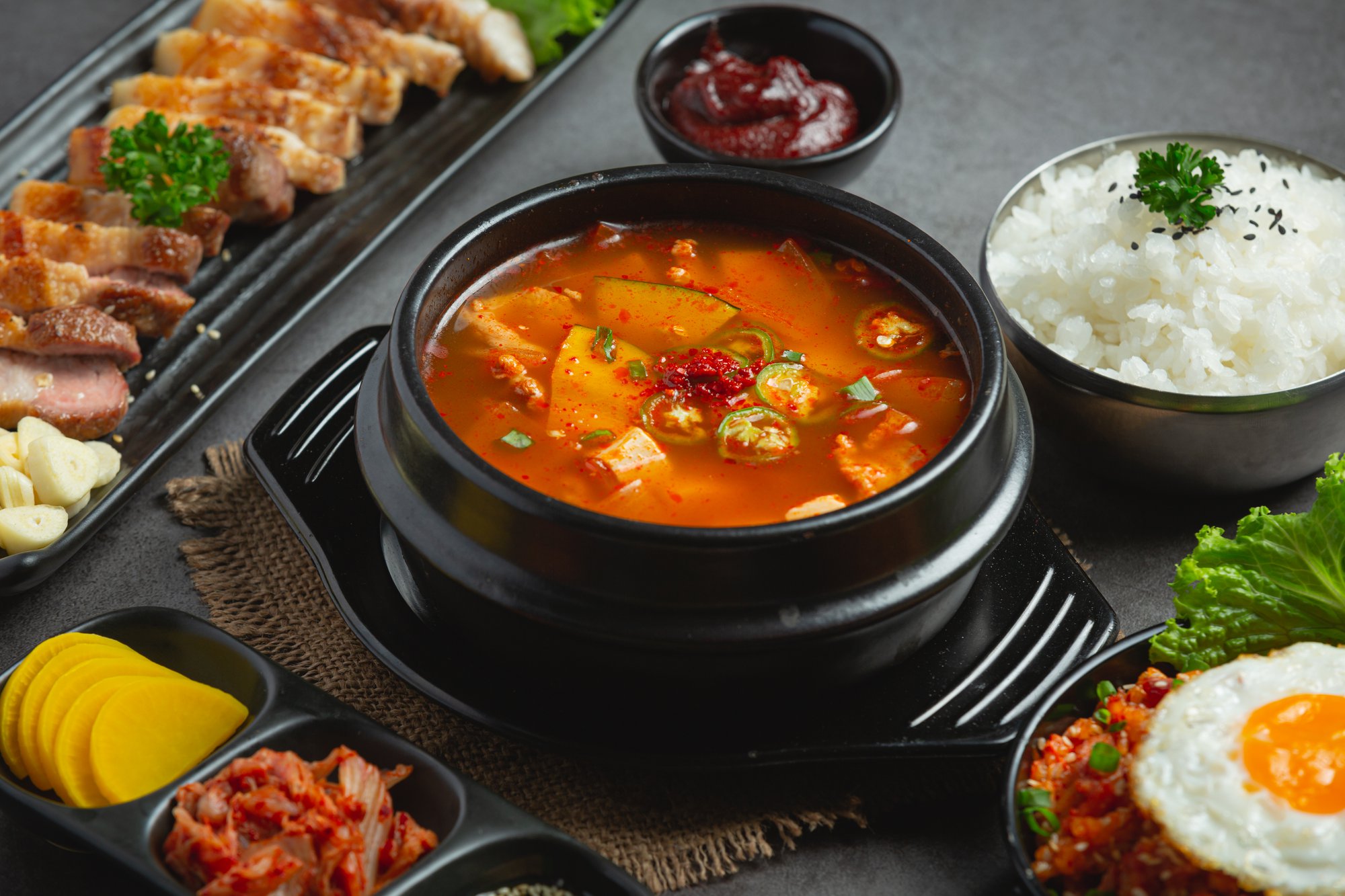
.svg)
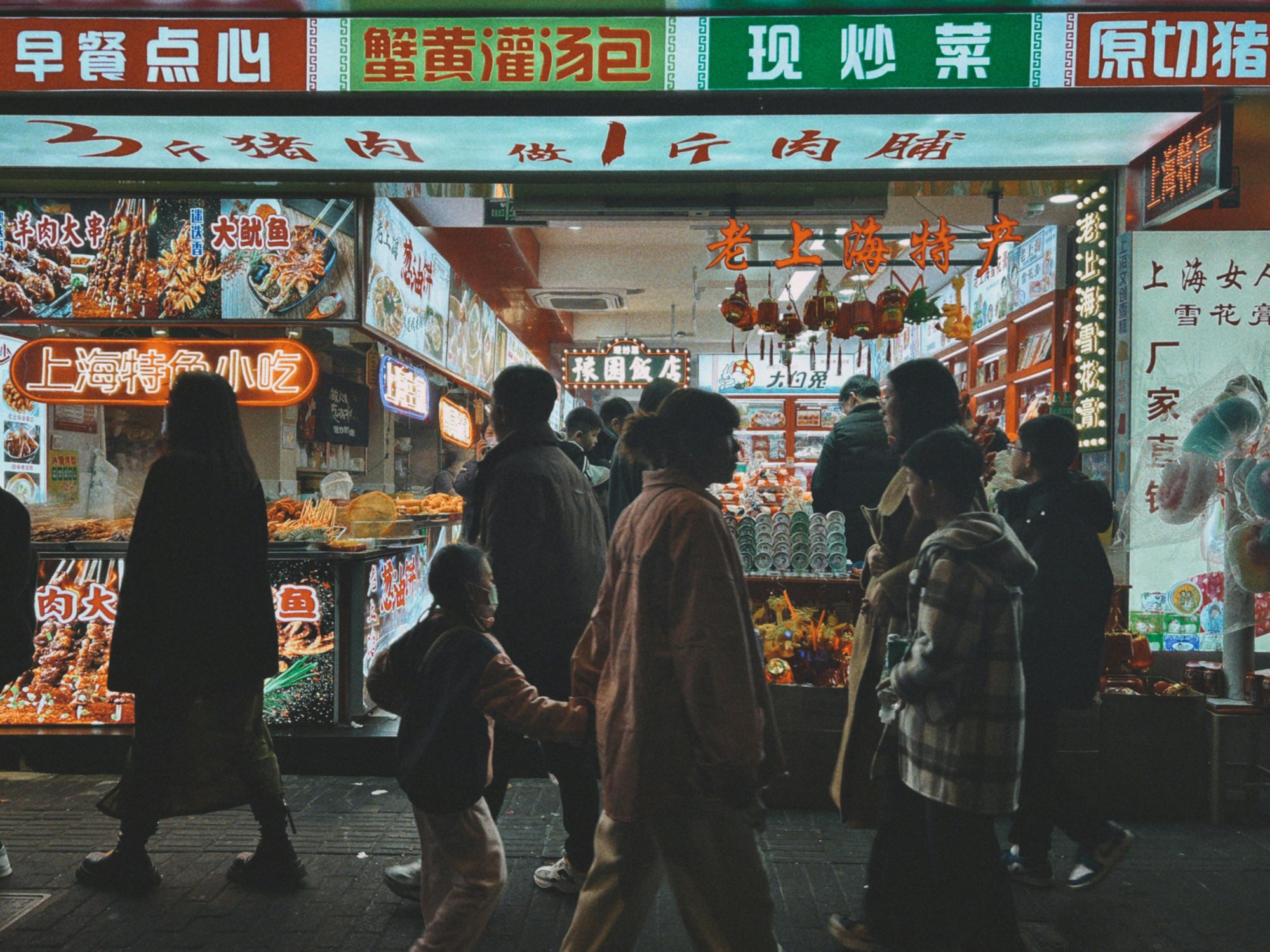
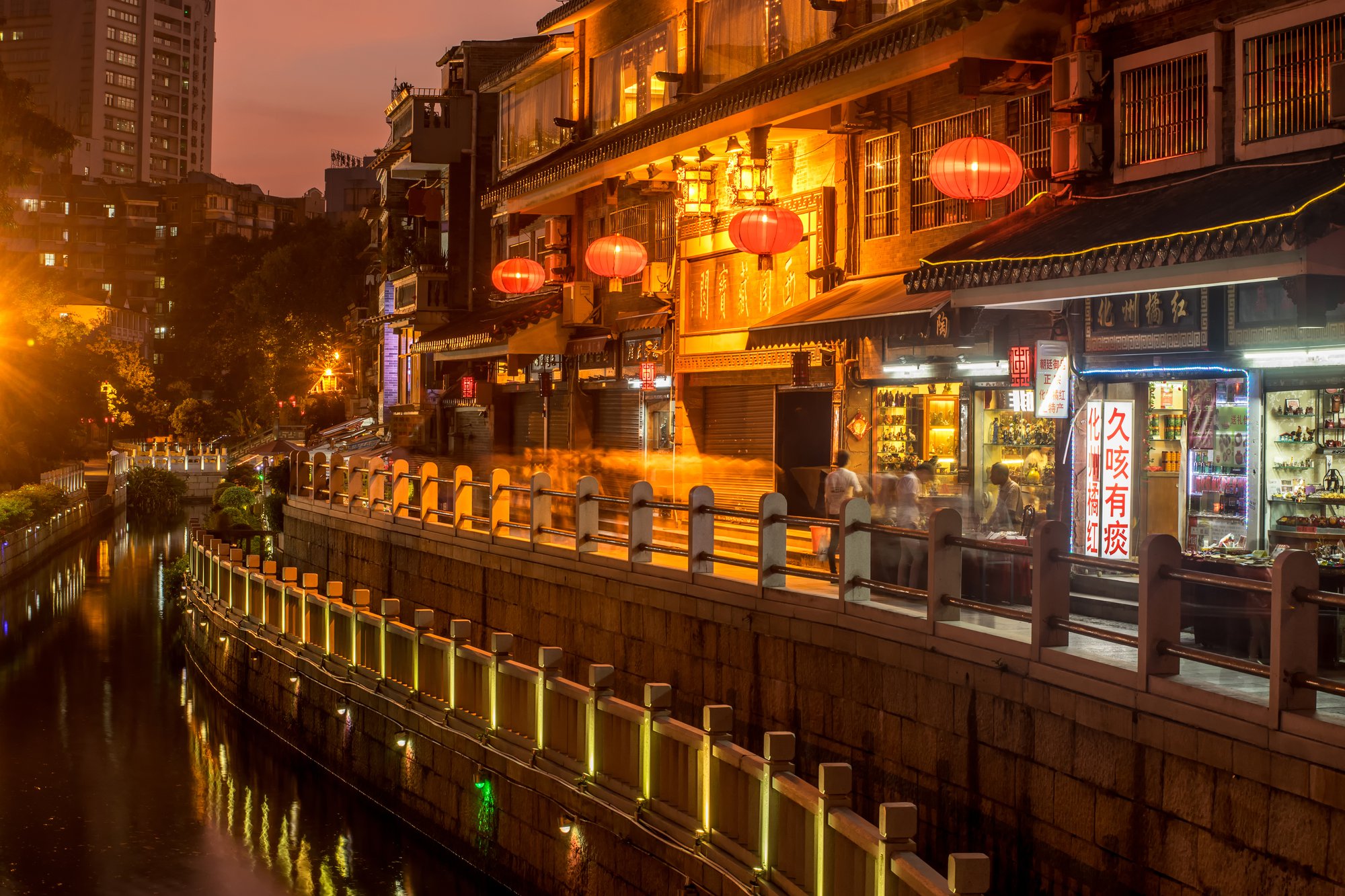

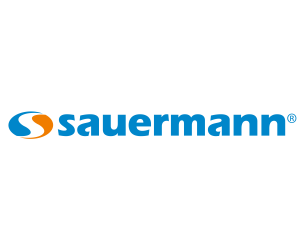
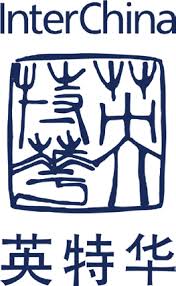


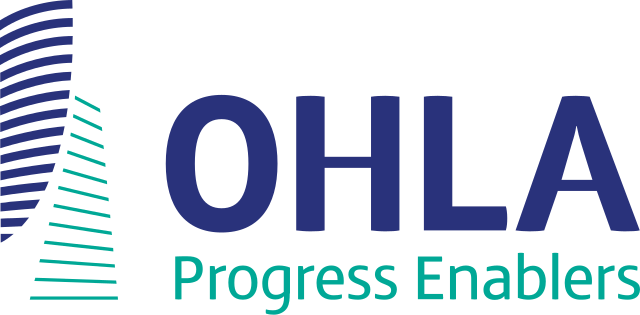
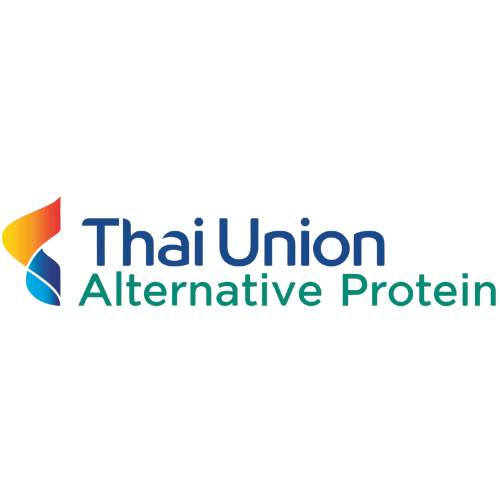
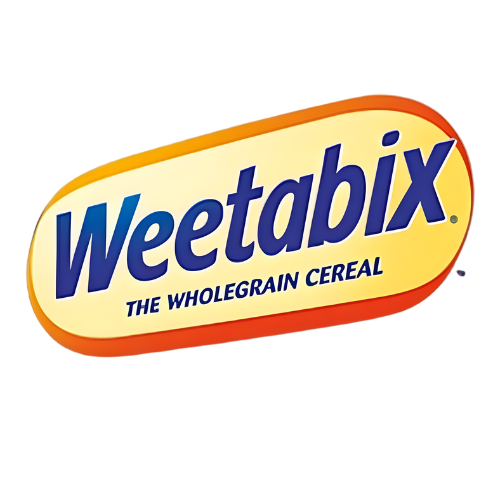
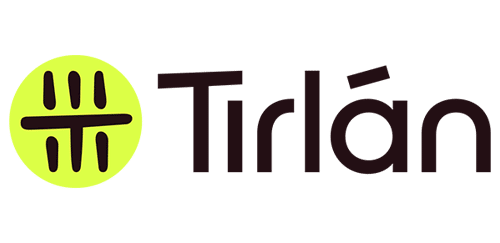



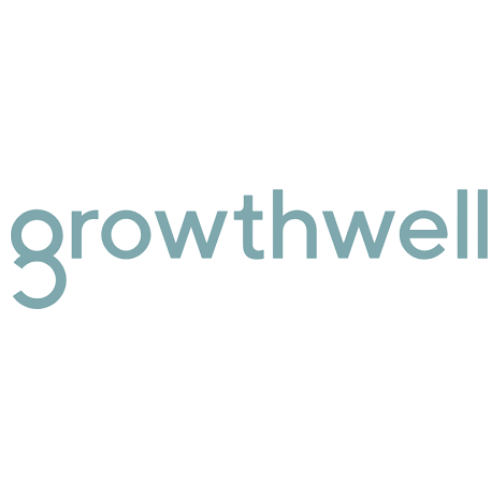


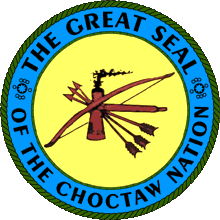
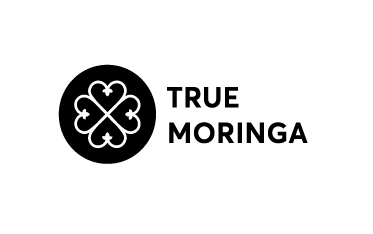
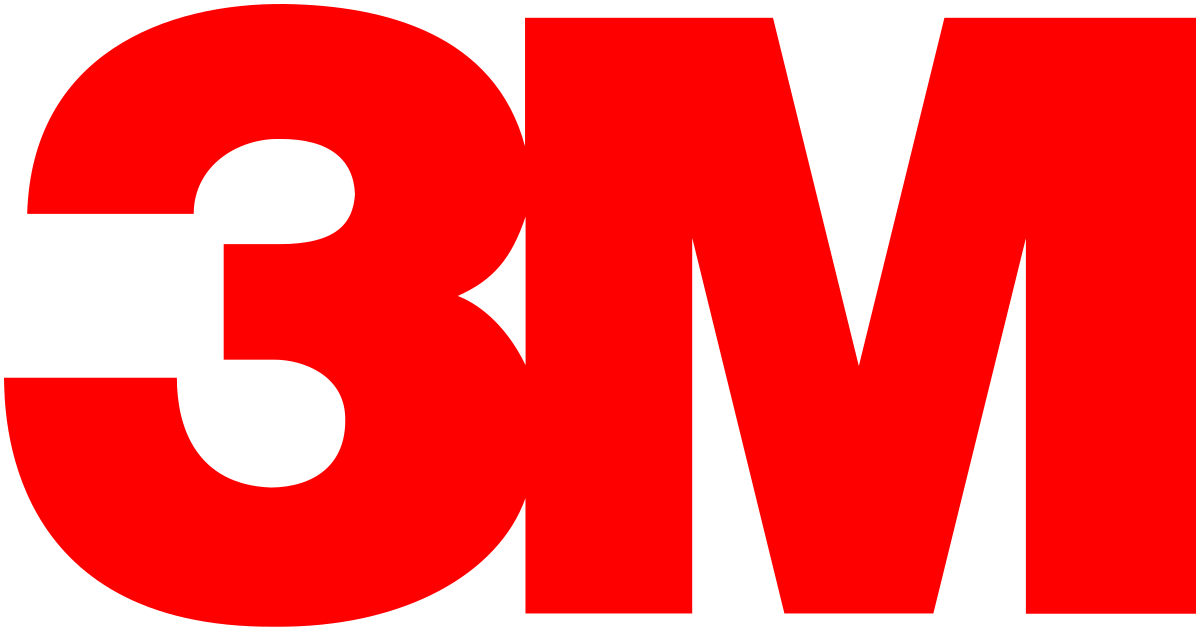



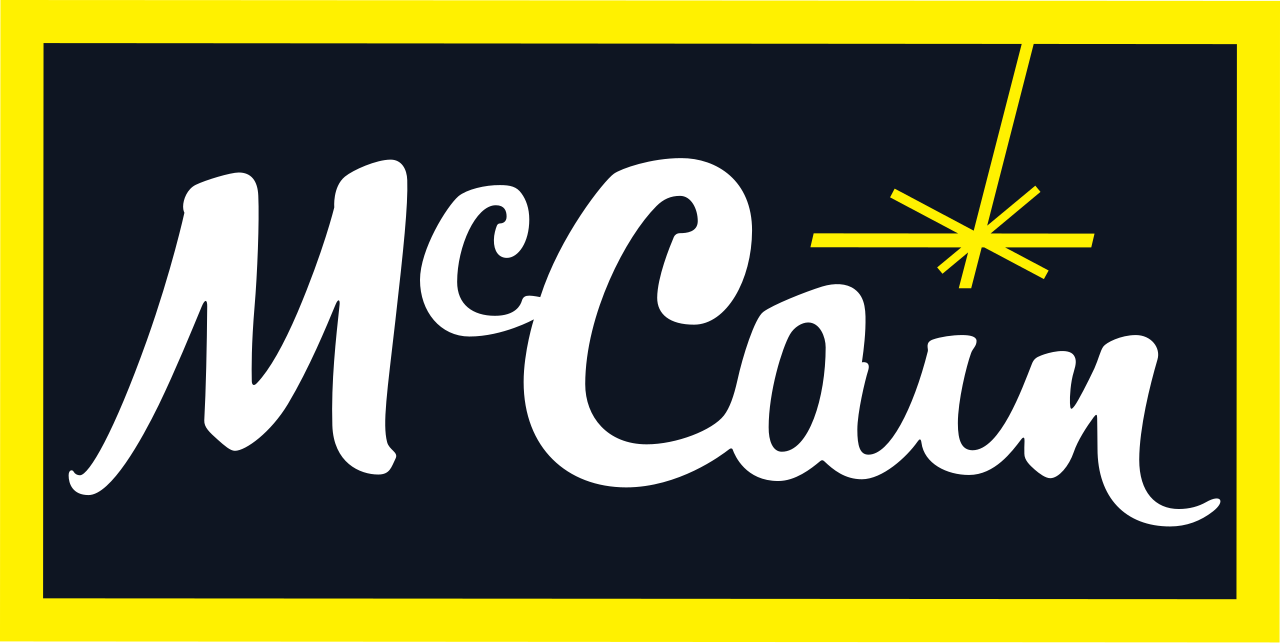


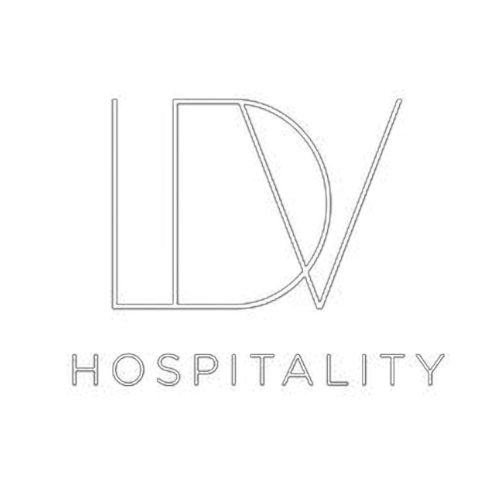

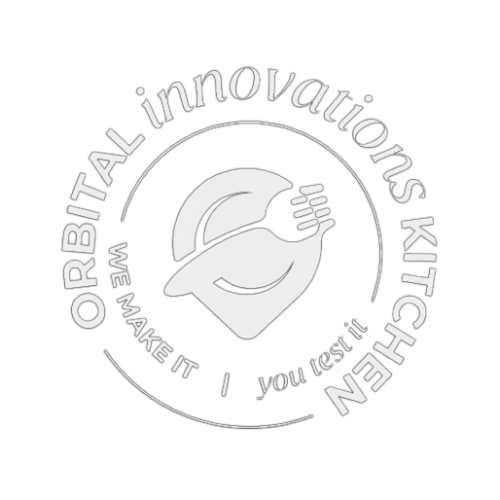
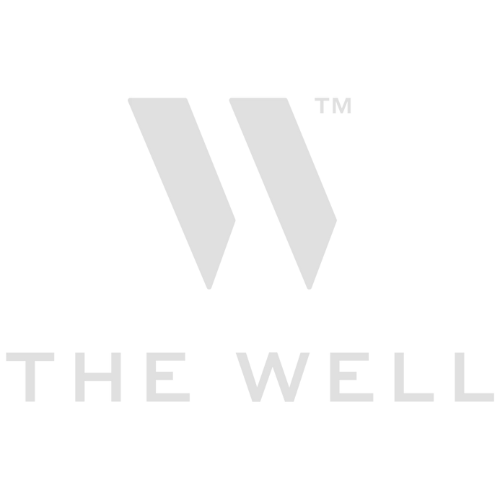
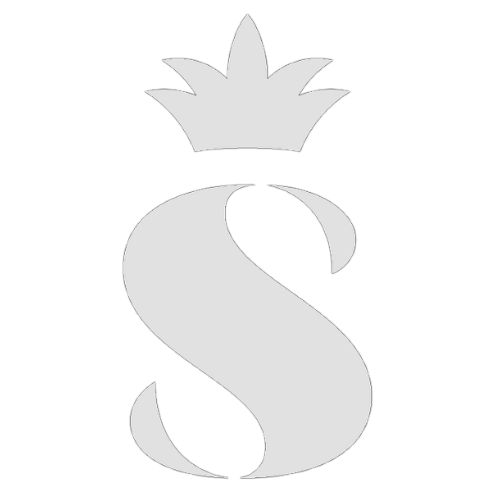


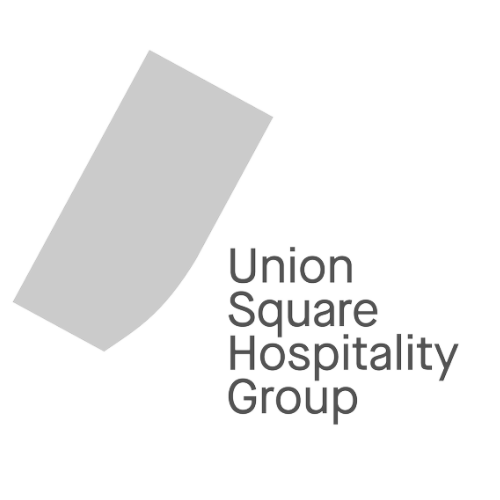



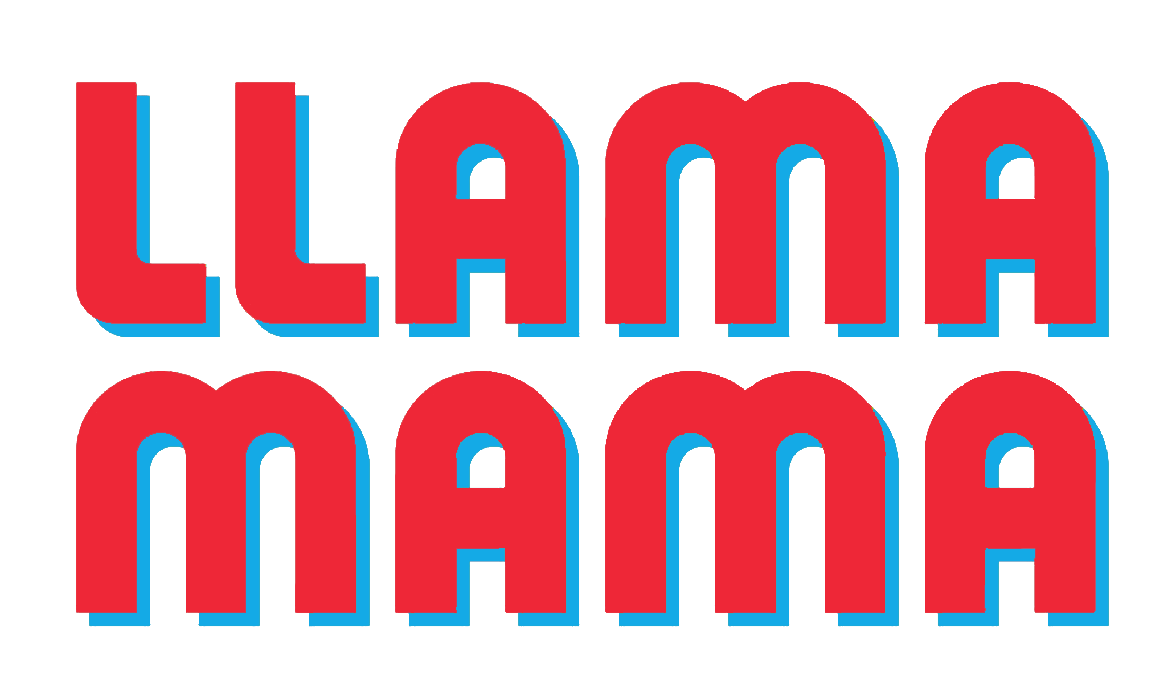
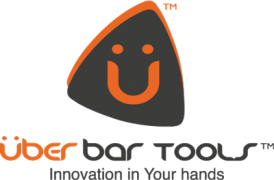




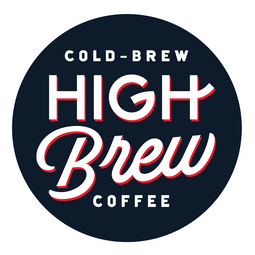

.png)





